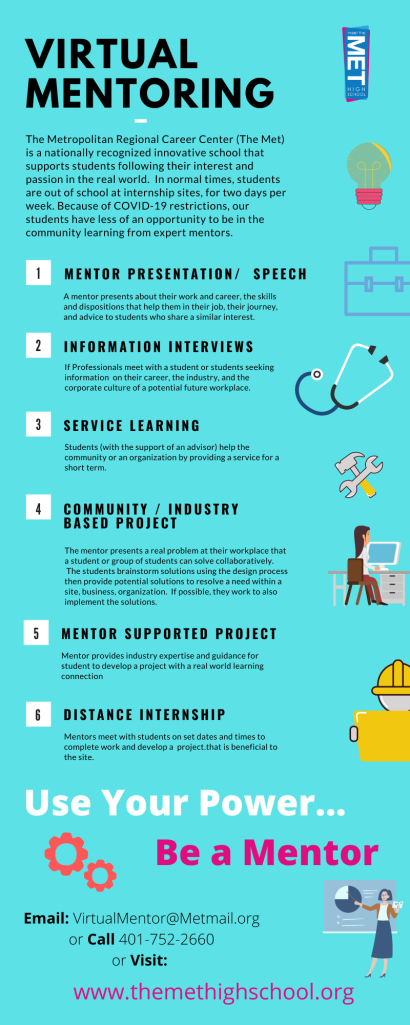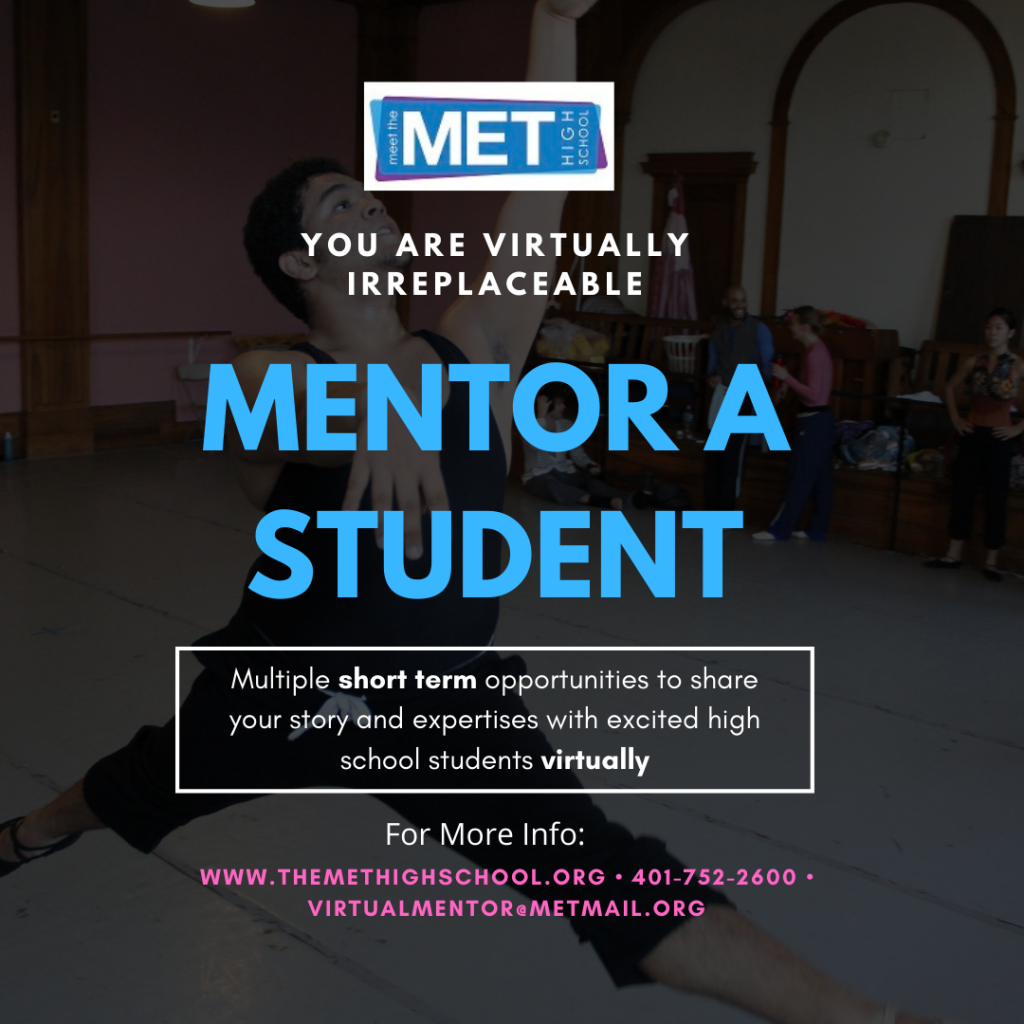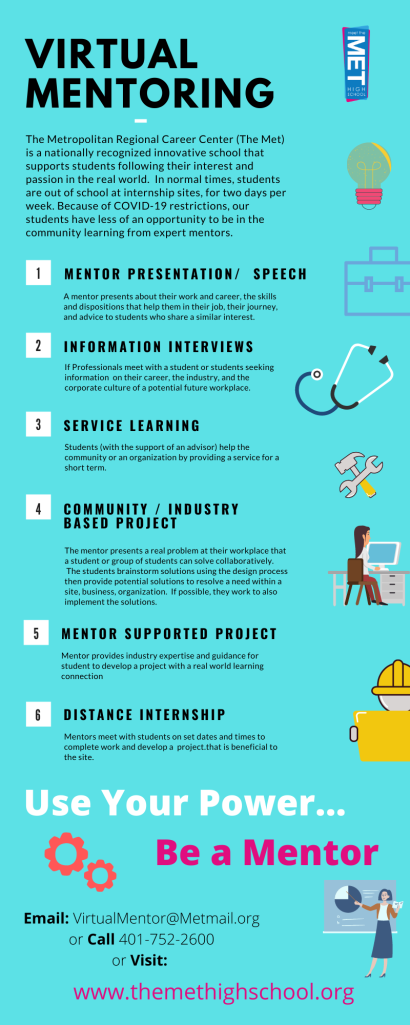organized according to the 5 Uses of Advisory
Literacy (New)
From PD – Here are the materials about Argument Writing.
- Separate Argument Thinking from Argument Writing. Support students first in thinking in arguments – Identifying an author’s claim, citing textual evidence, formulating your own claim (opinion) and supporting with evidence (reasons). Students can demonstrate this in many ways – orally, on a T-Chart, in a top down web, matching exercises. Writing an arugument is step 2. The group at PD started working on materials to make them more accessible virtually. We have a lot of materials (folder)- here are some curated:
- For Argument Thinking: (start here)
- Short Text and Video to Assess and Interpret Claims and Evidence (from PD) (Activities)
- Have students explore controversial topics in their Career Area (Activity)
- For Argument Writing: (Once Argument thinking is solid)
Culture, Relationships, &Group Dynamics (New)
- PeaceLove Workshops: 6 Great workshops to help students connect with themselves and others artistically. Advisors run these (they do not pass on the code to students). There are additional materials on the site to explain how to do this.
-
- Site: https://workshops.peacelove.org/demo
- Login: Met Code – 63872
- Materials Request: if you want to do it ASAP, it is too late to order supplies through school so it will need to be paid in advance and reimbursed (or ask for a cash advance).
RWL & Service Learning
- (Continuing) Virtual Mentor Initiative: I’ve started to reach out to people I know and on social media to get folks to be virtual interivews or mentors to kids. Please pass on to your social networks. I will connect people with anyone who signs up and is your connection. I’ll host a zoom for interested people twice a week m (Monday at 1pm and Tuesday at noon) and keep trying to find new people. If you can send out information to them and send out the sign up form -I’ll take care of the rest.
Academic Exploration and Advising
- (Continuing) AntiRacist Ed @ the Met: Website (See Pre-Stamped Work) They sent out a very thorough Newsletter this week with more direction and information. Here is a direct link to the very helpful Anti Racism Toolkit by Trimester with links.
Community Conversation & Reflections (New)
Classroom Conversation:
- (New) ICYMI – Teaching Tolerance Materials on Celebrating Transgender Awareness Week. GLAAD: Tips for Allies of Transgender People
- Review with students and have students self asses areas that are new information for themselves. What is one key new learning that will help you to act differently?
- Recommended: (Article) Nothing about us Without Us is For Us
- (New) Kottke Ride Home Podcast about the history of Transgender Remembrance Day
Additional Links:
- Puzzle Pieces Podcast- BPL (This week’s with Chris Emden)
- Distance Learning Website
- Anti Racism Website
- Met Calendar
- 9th Grade Advisor Website
- Quarantine Games – A long list with Links
- ImBlaze Materials – you can find a list of them here.
- Empirical Reasoning (Staff Developed Curriculum)
- Big Picture Guides: RWL
- NYTimes Lesson of the Day
- QFT.













